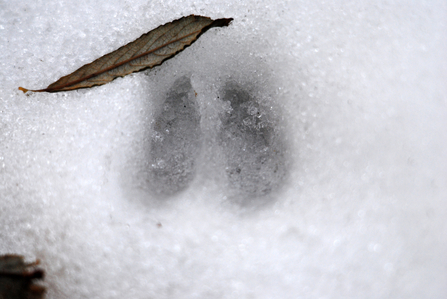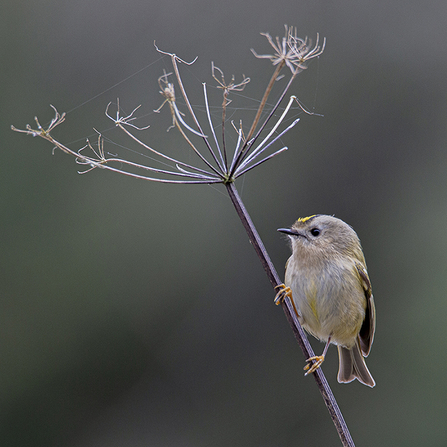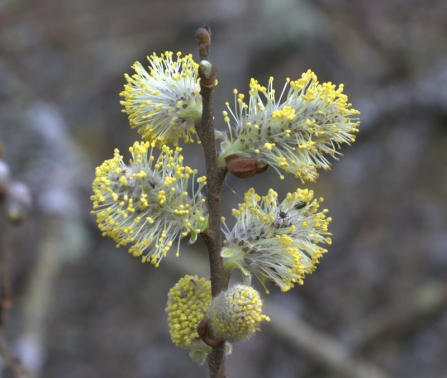As the weather grows colder, it’s easy to heed the call of the sofa cushions. But if you do venture out, our local chalk streams are lovely places for a stroll. Even in the wintertime, these habitats are brimming with life and colour. For those places that have a winterbourne, the stream may be only just returning to the landscape after months of hiding below the ground.
Visit in the early morning, and you might be treated to the sight of mist rising gently from the water’s surface. This magical effect occurs because our chalk streams, which are fed by water from an underground aquifer, emerge on the surface at around 11°C all year round. This means that they can actually be warmer than the air on chilly days, and a veil of mist forms as a result.




